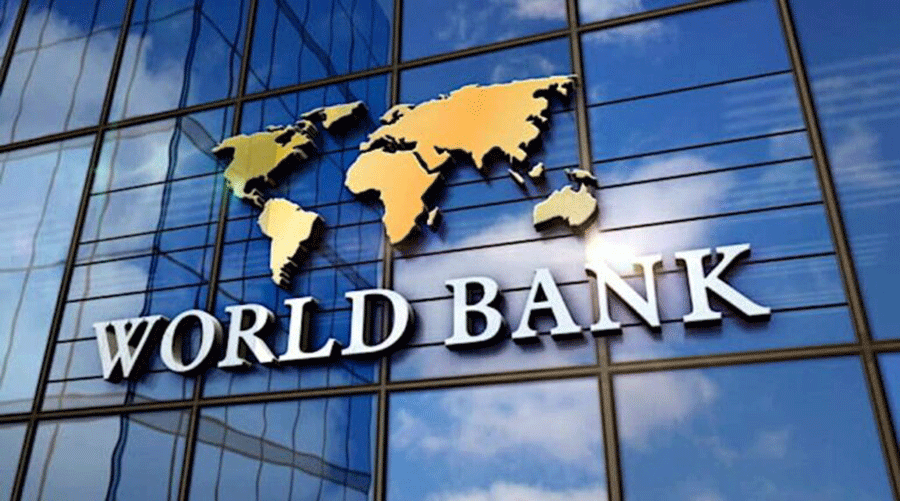Summary of Armenia’s Economic Development
- Economic growth rose to 7 percent (yoy) in September.
- Unemployment increased from 11.7 percent in Q2 2023 to 13.8 percent in Q2 2024.
- Inflation remained steady at 0.6 percent (yoy) in October.
- Re-exports of gold and jewelry are still the main contributors to export growth; other exports remained flat in September (yoy).
- Credit growth continues to outpace deposit growth.
- The budget recorded a surplus of AMD 11.6 billion in September.
Economic growth reached 7 percent (yoy) in September, up from 5.6 percent (yoy) in August (Figure 1). Double-digit growth continued in construction (14.7 percent, yoy), trade (13.4 percent, yoy), and services, excluding trade, (11.6 percent, yoy). Industrial growth doubled to 4.6 percent (yoy) in September, compared with 2.1 percent (yoy) in August, mainly due to growth in manufacturing (6.5 percent, yoy), electricity and energy (9.4 percent, yoy), and water and sanitation (7.1 percent, yoy). Mining contracted by 5.6 percent (yoy), similar to August. Cumulatively, from January to September, the Economic Activity Index grew 8.7 percent (yoy).
The unemployment rate rose from 11.7 percent in Q2 2023 to 13.8 percent in Q2 2024, driven primarily by increased male unemployment. The increase in total unemployment is largely attributed to the influx of refugees, who have yet to integrate into the labor market. Urban unemployment also increased more than rural unemployment. Additionally, between 2022 and 2023, the economically active population grew 2.3 percent.
Net non-commercial money transfers fell 1 percent (yoy) and 1.1 percent (mom) in September. This came after an 18.6 percent (yoy) contraction and a 10.7 percent (mom) expansion in August. Inflows from Russia declined by 19 percent (yoy) in September. Net inflows from the United States increased 7.7 percent (yoy). (Figure 2).
Read also
Inflation held steady in October, at 0.6 percent (yoy) (Figure 3). Prices fell for food and non-alcoholic beverages (0.5 percent, yoy) and for clothes and shoes (3.4 percent, yoy), while transport prices increased 6.8 percent (yoy). The housing rental price index grew 2.7 percent (yoy) in September, but did not contribute to headline inflation. Cadastral data showed that the price of apartments in the center of Yerevan grew 5.6 percent (yoy) in September, and the number of transacted apartments increased 60.3 percent (yoy). The new limitation on mortgage interest rate refunds, which enters into force in January 2025, may have contributed to this high growth. Average inflation for January-October 2024 remained flat at 0 percent.
Exports increased 39 percent (yoy) in September, driven by re-exports of precious and semi-precious stones and metals. Without these, exports would have seen almost no increase (Figure 4); growth in this export category had been in decline since May, after strong growth in the first four months of the year. Imports grew just 12 percent in September, as re-exports eased. Cumulatively, in the first nine months of 2024, exports doubled and imports grew 54 percent, with the trade deficit narrowing by 24 percent (yoy).
In October, the AMD held steady against the USD, while continuing to appreciate against the RUB (mom). By end-October, the AMD was 3.8 percent stronger against the USD and 8.9 percent stronger against the RUB (yoy). International reserves grew modestly (USD 24.8 million), bringing the import cover to 2.5 months.
In September, commercial bank deposits and loans increased 0.9 percent (mom) and 2.2 percent (mom), respectively, mainly driven by AMD-denominated funds. Compared with 2023, exchange rate-adjusted deposits rose 11.1 percent (yoy) and credits grew 21.3 percent (yoy) (Figure 5). As a result, the loan-to-deposit ratio increased from 0.9 percent in September 2023 to 1 percent in September 2024. Financial indicators remained sound, with CAR edging up 0.1 pp to 20.4 in September. The NPL ratio stayed low, at 1.2 percent, and return on assets held steady at 4.5 percent.
A budget surplus of AMD 11.6 billion was recorded in September, bringing the cumulative deficit to 0.7 percent of annual projected GDP. In nominal terms, tax revenues, including mortgage-related income tax, expanded 12.1 percent (yoy) in September. This was mainly driven by increased collections in income tax (up 11.5 percent, yoy), environmental tax (up 39.6 percent, yoy), and profit tax (up 14.2 percent, yoy). VAT grew modestly, recording an increase of 3.9 percent (yoy). Total expenditure grew 10.6 percent (yoy) in September, primarily driven by a rise in defense spending (up 44 percent, yoy) and support for refugees (up 55 percent yoy). Meanwhile, capital expenditure grew 7.4 percent (yoy), following a 0.5 percent (yoy) decline in August. This drove the budget deficit to AMD 73 billion in January-September 2024 from a surplus of AMD 74.6 billion in January-September 2023 (Figure 6).





















































